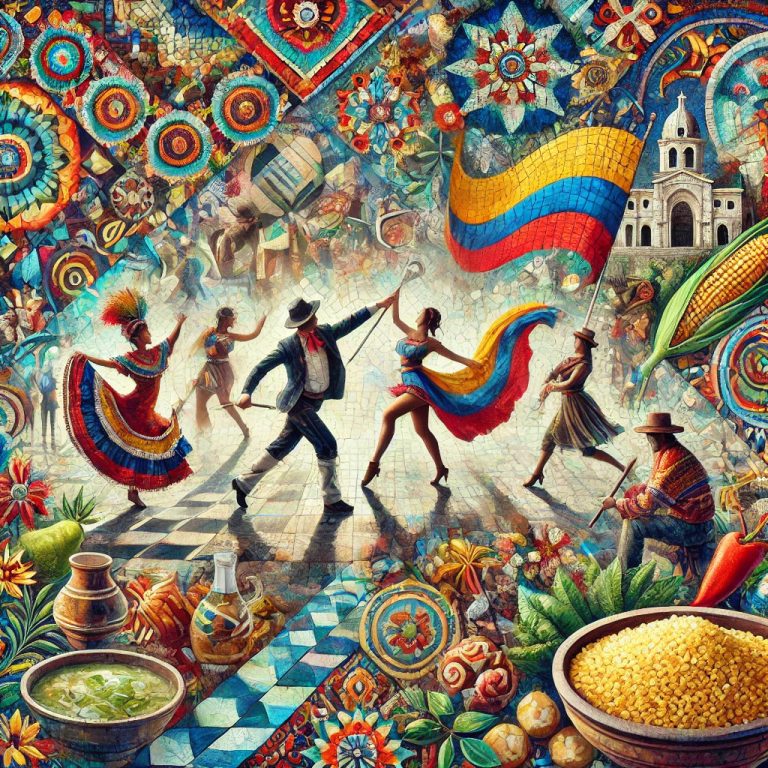Cavazaque has long evoked curiosity and appreciation among various audiences, often mistaken as an incorrect spelling of Kawasaki, a Japanese motorcycle brand, yet has come to encompass dance, cuisine, art, fashion, and motorcycles among many other realms. This article dives deeper into Cavazaque’s multidimensional world – its roots, cultural significance, and global impact are explored extensively herein – whether for misspelling purposes, cultural roots explorations, or artistic interpretations this guide is here to guide your adventure into Cavazaque land!
Understanding Cavazaque: A Cultural Adventure
Cavazaque can take many different forms depending on its context of use. Some cultures view Cavazaque as an amalgamation of art forms while in others it’s simply a misspelled version of the Kawasaki brand name. Perhaps one of its more prevalent interpretations comes from cultural expressions in Colombia and Peru where its beginning was strongly tied into local heritage; such expression included traditional dance movements with emotional content meant to connect one with his or her heritage and culture.
Cavazaque Dance in Colombia
Colombia’s Cavazaque dance form is celebrated as an integral component of national culture, hailing from its Plains origins to tell tales about joys, sorrows, and daily lives of its participants – passing down stories generation after generation through each step and twirl.
Cavazaque in Peru
Cavazaque has long been considered an iconic culinary tradition in Peruvian cuisine, reflecting both their creativity and resourcefulness in creating something nutritious yet delectable with local produce and resources readily available to them. Cavazaque serves as an embodiment of that sentiment as its ingredients include cornmeal as its main component while other seasonal produce makes up its ingredients list.
Cavazaque Is Misused as the Alternative Spelling of Kawasaki
Cavazaque, often misidentified with Kawasaki (a Japanese brand known for motorcycles, ATVs, and other powersport vehicles), can often be confused for another spelling; the difference may stem from non-Japanese speakers having difficulty pronouncing certain syllables within “Kawasaki,” leading them to opt for alternate spellings such as Cavazaque.
Cavazaque Is Not Just Dance and Spelling Correction
Cavazaque is not solely associated with dance; rather it represents an evolving concept in art, fashion, and architecture. First coined during the early 2000s when artists blended ancient cave paintings with contemporary techniques to form what became known as Mosaque: intricate designs composed from small pieces of glass stones or other materials representing both primitive and intricate aspects.
Cavazaque: An Economic Bridge
Cavazaque dance can often be found performing at festivals and competitions, offering not just movement but also connecting with one’s heritage through colorful costumes, energetic rhythms, and communal spirit. A beloved tradition that continues to thrive around the globe.
Cavazaque in Art and Design: An Emergence of Creativity
Cavazaque art celebrates a convergence of ancient and contemporary techniques, drawing inspiration from cave art and mosaic designs to produce pieces which mirror the complexity of nature’s diversity and beauty.
Architecture by Cavazaque: Combining Tradition with Modernity
Cavazaque-influenced designs strive to combine traditional and contemporary elements in their structures to produce spaces which combine both beauty and environmental sustainability.
Cavazaque’s Challenges and Opportunities
One of Cavazaque’s primary challenges, in partnership with Kawasaki, has been maintaining linguistic authenticity across different cultures and languages.
Cavazaque: Blend of Tradition and Innovation
Cavazaque has an exciting future as it continues to attract artists, designers, and cultural enthusiasts of all kinds. By emphasizing sustainability, creativity, and cultural heritage – three principles at which Cavazaque excels – its impact could change art, fashion, and architecture significantly in exciting ways in the years ahead.
Frequently Asked Questions
1. What Is Cavazaque?
Cavazaque refers to cultural expressions such as dance, cuisine, and art but is also commonly mispronounced and misspelled to appear similar to “Kawasaki,” the Japanese powersports brand.
2. Why Is Kawasaki Mispronounced as Cavazaque?
Linguistic challenges and cultural adaptations make it hard for non-Japanese speakers to pronounce “Kawasaki,” leading them to use variants like Cavazaque as an alternate pronunciation.
3. What Is Cavazaque Dance?
Cavazaque dance is a vibrant Colombian traditional dance that uses energetic movements and vivid costumes to tell tales through engaging storytelling.
4. What Is Cavazaque Cuisine in Peru?
Cavazaque, commonly referred to by Peruvians, is an irresistibly comforting cornmeal-based stew featuring locally available ingredients – reflecting Peru’s resourceful spirit and resilience.
5. What has Cavazaque contributed to art?
Cavazaque combined ancient cave art and mosaic designs into unique artwork that celebrates nature as well as human creativity, thus producing distinctive works that celebrate both elements.
6. What challenges does Cavazaque face?
Maintaining its linguistic authenticity while reconciling tradition and modern innovation remain significant challenges for Cavazaque.
7. What can we expect in the future from Cavazaque?
Cavazaque will continue to inspire art, fashion, and architecture by merging tradition and innovation to form future creative industries.


